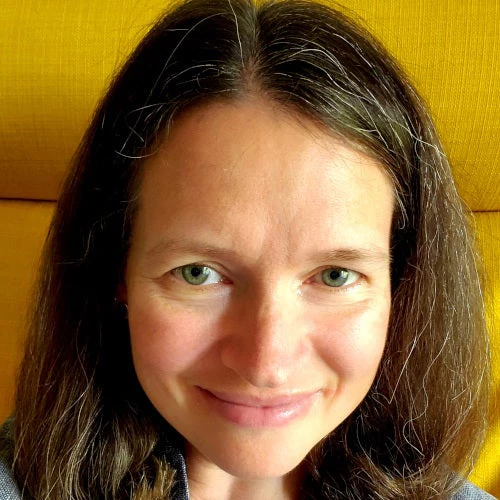 تعليق على الصورة: امرأة سودانية تبيع منتجات تقليدية في السوق المحلي في مدينة الأبيض بولاية شمال كردفان.
تعليق على الصورة: امرأة سودانية تبيع منتجات تقليدية في السوق المحلي في مدينة الأبيض بولاية شمال كردفان.
In Sudan, poverty continues to rise and is further fueled by widespread unemployment, particularly among women and young people. In a country characterized by its very young population—60% is below the age of 25—the fact that young people are less likely to take part in the labor force and be employed, compared to adults, is worrisome as it has implications that go beyond the lack of income generating activities to affect the overall social and economic tissue of the country.
Only half of 15–64-year-olds participated in the labor force, below many neighboring and post-conflict African countries. In urban areas 40% of youth were unemployed, with even higher rates among young women. Women are also highly marginalized from the labor market in general. Women’s participation in the labor force was 33% in 2014, compared to 76% of men, and overall women were more than twice as likely to be unemployed as compared to men. Both women and youth living in rural areas are more over four times likely to be employed when compared to those living in urban areas.
Clearly, this picture is not promising for women and youth looking to make a decent living, leaving them to be the most disadvantaged in the Sudanese labor market . To gain a deeper knowledge on the binding constraints for increased economic engagement among women and youth from both the supply and demand side of jobs, and to help inform policy and programmatic action, the World Bank recently released a report, Towards a More Inclusive Economy: Understanding the Barriers Women and Youth Face in Accessing Employment Opportunities.
The mixed-methods study built on the analytical framework of the World Development Report 2012 on Gender Equality and Development. It examines the role of informal institutions, formal institutions, and markets as they relate to household decisions that influence employment-related outcomes for women and youth in Sudan, also looking at the accumulation and use of human capital and agency that can improve (or not) the access to economic opportunities. The study brings together findings from an extensive literature review, quantitative data analysis of the National Baseline Household Survey and National Household Budget and Poverty Survey carried out previously by Sudan Central Bureau of Statistics, in addition to qualitative field research conducted in the states of Khartoum, Al Gezira, and South Darfur.
Overall Labor Market Trends; Women and Youth at the Bottom
Almost half of unemployed Sudanese are under 25, disproportionately women, as female youth are 55% less likely to be employed compared to female adults. Males, irrespective of their age, geographic location or level of education, have better opportunities finding employment than females. Sudanese women have less than a third of the legal rights men have in key dimensions related to access to economic opportunities, placing Sudan near the bottom of the Global Women, Business, and the Law 2021 index. However, women face many constraints beyond the legal framework and patriarchal customs, such as access to finance and decision making authority. For instance, only 3% of firms in Sudan have a woman as a top manager, and 8% have women among their main owners.
Youth are faring no better—and oftentimes worse—than women in the employment arena . While overall unemployment decreased from 13% in 2009 to 11% in 2014, youth are still struggling with high unemployment, especially in urban areas, where 40% of urban youth are unemployed. This trend appears to be associated, at least in part, with increased migration to urban centers, such as Khartoum. Specifically rural youth and Internally Displaced Persons who are living in rural areas are migrating to Khartoum in search of better income-generating opportunities. However, once there, they learn that their agricultural skills, their generally lower levels of education, and, importantly, their “lack of connections” are no match for Khartoum’s urban youth.
Recommended policy actions
The findings from this study pointed to several areas in which targeted policies and programs might serve to help Sudan’s more vulnerable populations, specifically women and youth, to improve their economic opportunities and living conditions. These include boosting access to finance for women, improving the access to and quality of agricultural jobs, combining efforts to build human capital with activities aimed at strengthening agency, identifying and developing marketable skills that increase opportunities for service sector employment, and, for entrepreneurial activities, creating an enabling environment that lifts gender-specific constraints.
Taking these actions would not only help improve women’s and youth’s access to employment opportunities, but it would also contribute to economic growth and poverty reduction in Sudan as a whole.





Join the Conversation